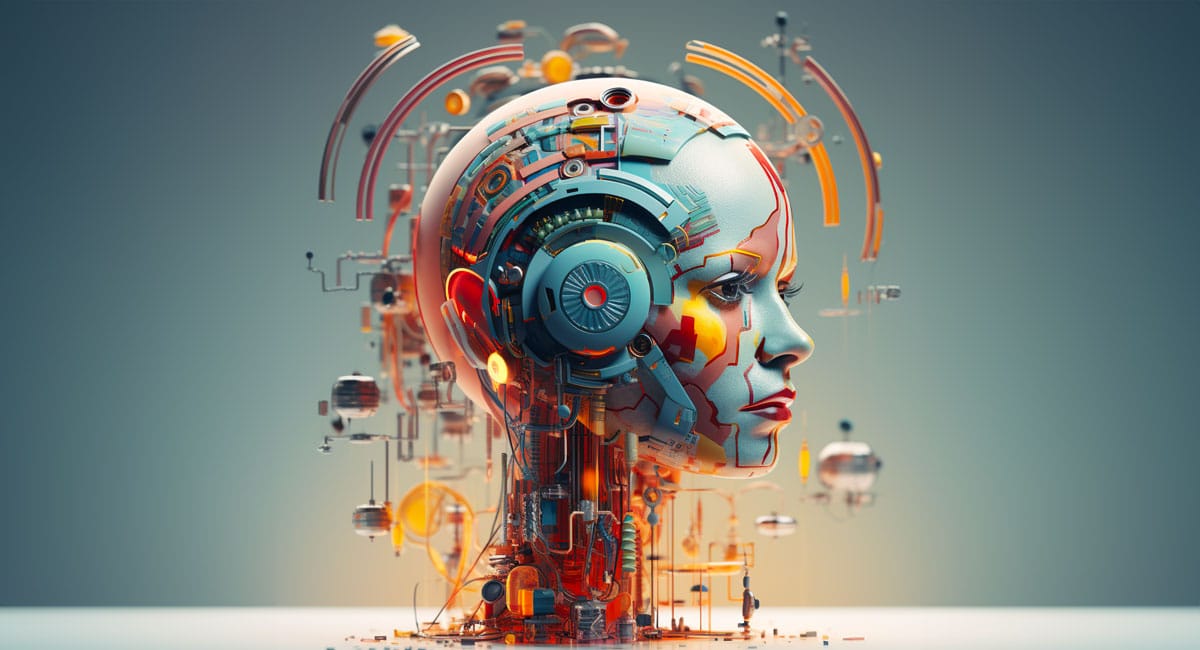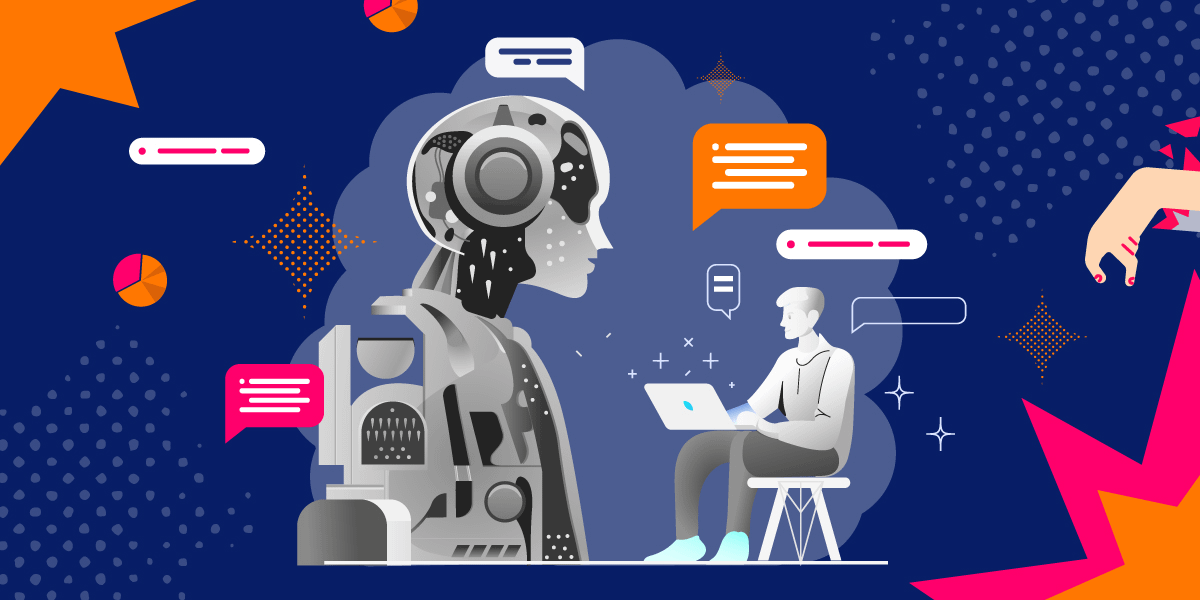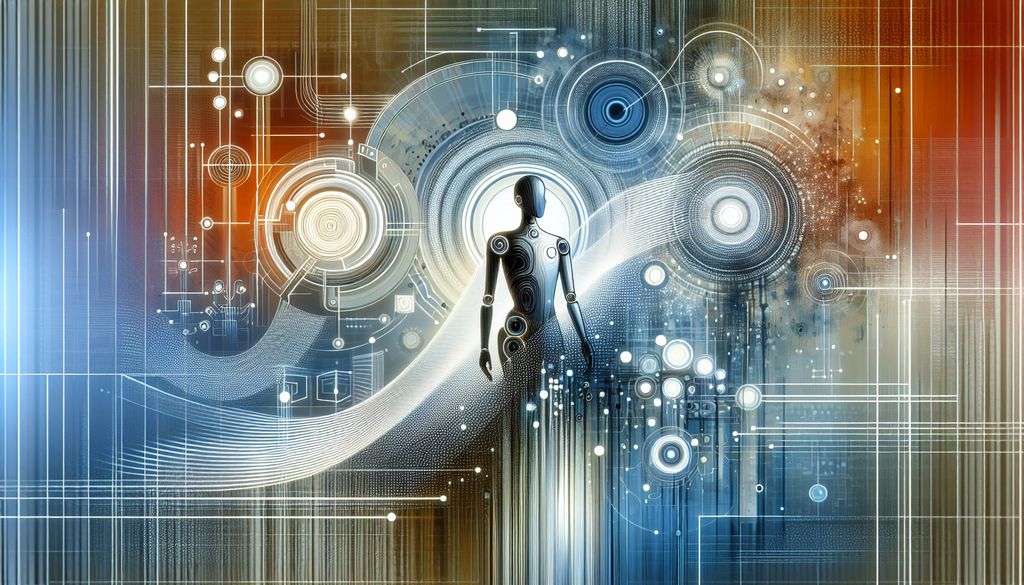In an ever-evolving digital landscape, the rise of autonomous AI agents marks a transformative shift in how we approach productivity. These sophisticated systems, equipped with advanced algorithms and machine learning capabilities, have begun to infiltrate various sectors, from business to healthcare and beyond.
They operate with a level of autonomy that was once confined to the realm of science fiction, seamlessly executing tasks that range from data analysis to decision-making, with an efficiency that outstrips human capacity. As organizations grapple with the challenges of today’s fast-paced world, these intelligent agents present not just a tool, but a paradigm shift, redefining the very essence of work.
What lies ahead is a fascinating exploration of how these AI-driven entities are not only enhancing productivity but also reshaping the workforce itself, blurring the lines between human capability and machine intelligence.
What Are Autonomous AI Agents?

Autonomous AI agents are sophisticated systems designed to operate independently, making decisions and taking actions without human intervention. These agents utilize vast datasets, advanced algorithms, and machine learning techniques to analyze situations and optimize outcomes in real-time.
Imagine a digital assistant that not only schedules your meetings but also understands your preferences, anticipates needs, and communicates directly with other software to streamline your workflow. They can manage tasks ranging from simple reminders to complex problem-solving, thus acting as multipliers of human effort.
By continuously learning from their environments, these agents are essentially evolving, adapting to new challenges, and redefining what productivity means in the modern landscape. As they take on repetitive and time-consuming tasks, they free up individuals to focus on creative, strategic endeavors, significantly enhancing overall efficiency.
Autonomous AI vs. Traditional Automation: A Comparative Analysis

In the landscape of technology, the distinction between autonomous AI and traditional automation is stark yet fascinating. Traditional automation relies heavily on pre-defined rules and scripts, executing repetitive tasks with precision but lacking the flexibility to adapt to new variables.
Think of it as a finely tuned machine, consistently churning out results within a narrow scope. In contrast, autonomous AI operates with a remarkable degree of independence, learning and evolving from its environment.
It can analyze complex data sets, make decisions on-the-fly, and even iterate on its processes based on feedback—a capability that traditional automation simply cannot match. This transformative potential not only streamlines workflows but also catalyzes innovation by allowing humans to focus on strategic thinking rather than mundane tasks.
As organizations pivot towards a more dynamic landscape of work, the juxtaposition of these two approaches illuminates the future of productivity, where adaptability and intelligence take center stage.
Measuring Productivity: KPIs for Autonomous AI Agents

Measuring the productivity of autonomous AI agents involves a nuanced approach, employing a range of Key Performance Indicators (KPIs) that capture both quantitative and qualitative dimensions of their impact. Traditional metrics such as task completion rates and speed of execution serve as foundational measures, but they often fail to encompass the true breadth of an AI agents capabilities.
For instance, qualitative assessments might consider the creativity of solutions produced or the adaptability of the agent in dynamic environments. Furthermore, engagement metrics, such as the frequency and nature of interactions with users, can provide insights into the AIs effectiveness in collaborating with human counterparts.
By leveraging a robust framework of diverse KPIs, organizations can paint a clearer picture of how these intelligent systems contribute to productivity, not just in terms of output, but in enhancing workflows and fostering innovation.
Conclusion
In conclusion, autonomous AI agents are revolutionizing the way we approach productivity across various sectors. By taking on repetitive tasks and providing intelligent insights, these agents not only enhance efficiency but also allow human workers to focus on more strategic and creative endeavors.
As technology continues to evolve, the integration of autonomous AI agents into our daily workflows will likely become increasingly seamless, fostering an environment where innovation thrives. Embracing this transformation will empower organizations to navigate the complexities of modern challenges with greater agility, ultimately redefining our understanding of productivity in the digital age.


